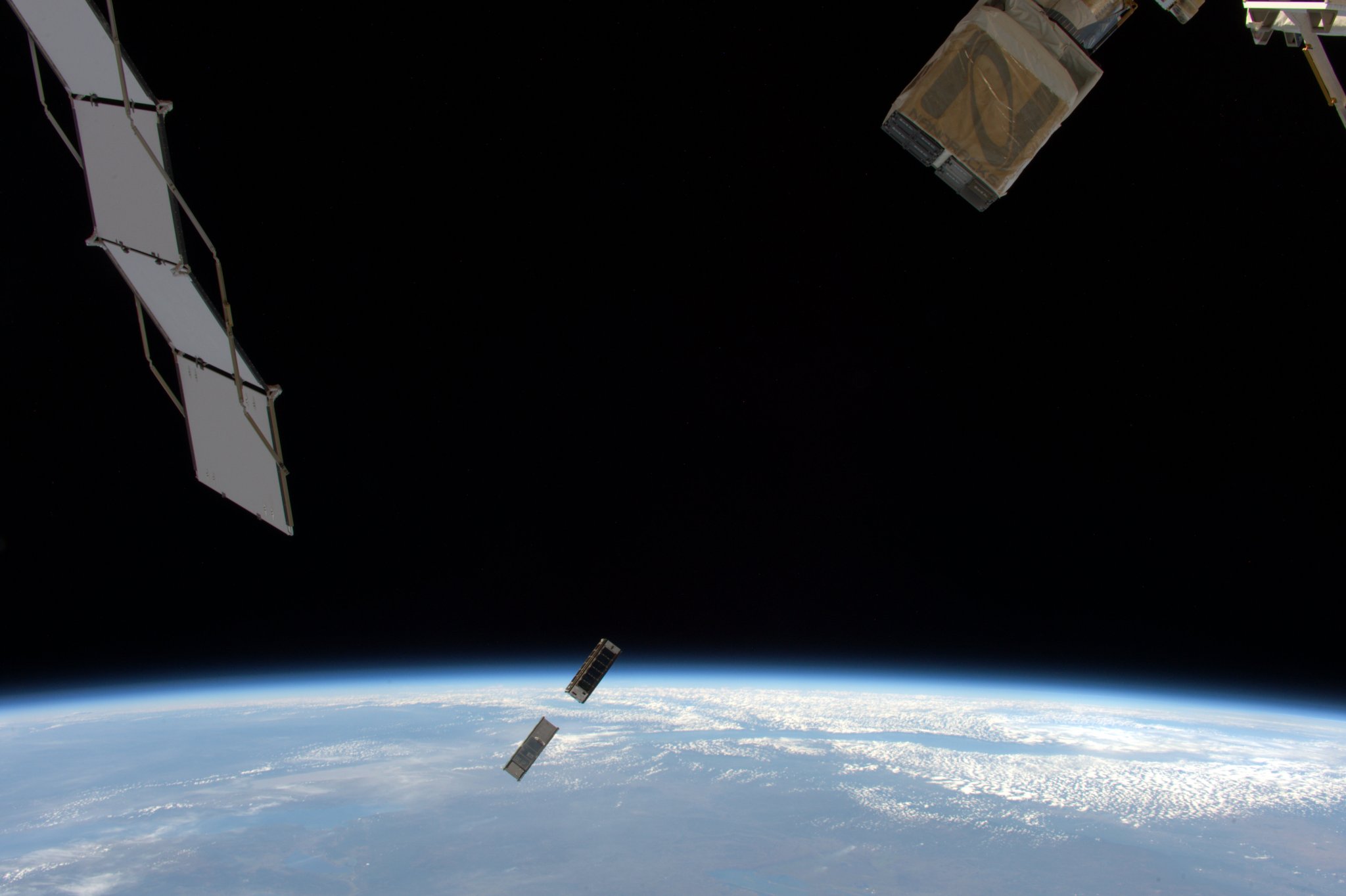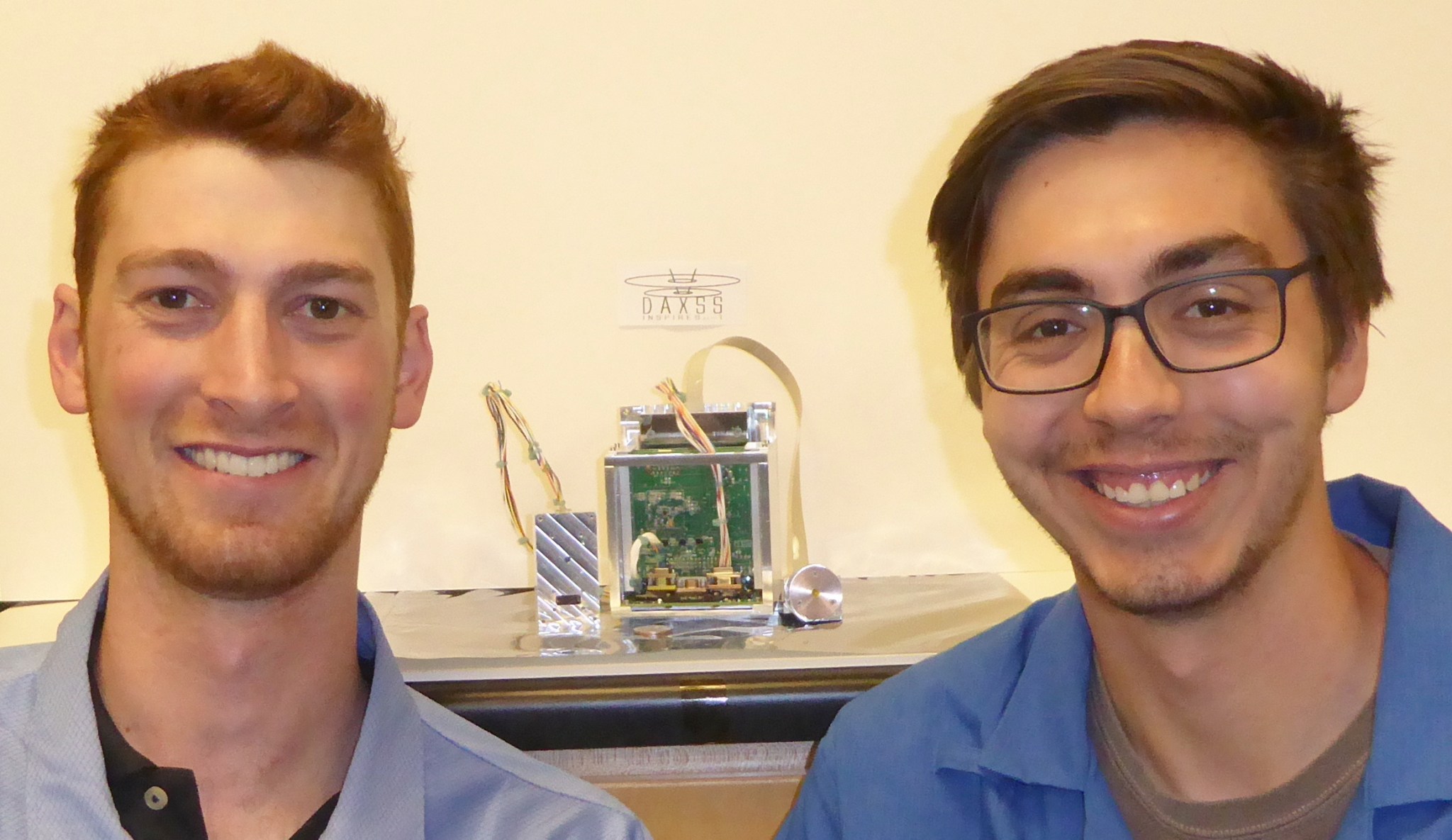The Miniature X-Ray Solar Spectrometer 3, or MinXSS-3, successfully launched on the InspireSat-1 small satellite at 7:29 p.m. EST on Feb. 13, 2022. Also known as the Dual Aperture X-ray Solar Spectrometer, or DAXSS, it is the third of three NASA-funded MinXSS CubeSats. It will spend up to a year in low-Earth orbit studying X-rays coming from flares on the Sun.
The Sun sometimes releases flares, which are energetic bursts of light and particles triggered by the release of magnetic energy on the Sun that travel across the solar system. X-rays emitted by the Sun during intense flares can interfere with GPS, radio, and other communications signals when they reach Earth. MinXSS will study the energetics of these flares in wavelengths known as soft X-rays, that are particularly impactful on Earth’s ionosphere – an electrified upper layer of the atmosphere where communications signals travel.
Prior to the MinXSS CubeSats, spectral measurements of the soft X-rays from the Sun had rarely been studied. MinXSS-3’s observations, which can record even very weak solar flares, will help scientists better understand the physics behind solar flares as well as how such events heat up material in the Sun’s hot outer atmosphere called the corona – a longstanding question for solar scientists.
The MinXSS development program was funded by the NASA Science Mission Directorate CubeSat Initiative Program and implemented by the University of Colorado Boulder under the leadership of Principal Investigator Tom Woods. MinXSS-3 was launched on the Indian Space Research Organization’s Polar Space Launch Vehicle C.
Related Links
- MinXSS CubeSat Deployed From the ISS to Study Sun’s Soft X-Rays
- MinXSS CubeSat Brings New Information to Study of Solar Flares
- More information on MinXSS CubeSat
- More information on NASA’s CubeSats
By Mara Johnson-Groh
NASA’s Goddard Space Flight Center, Greenbelt, Md.




























